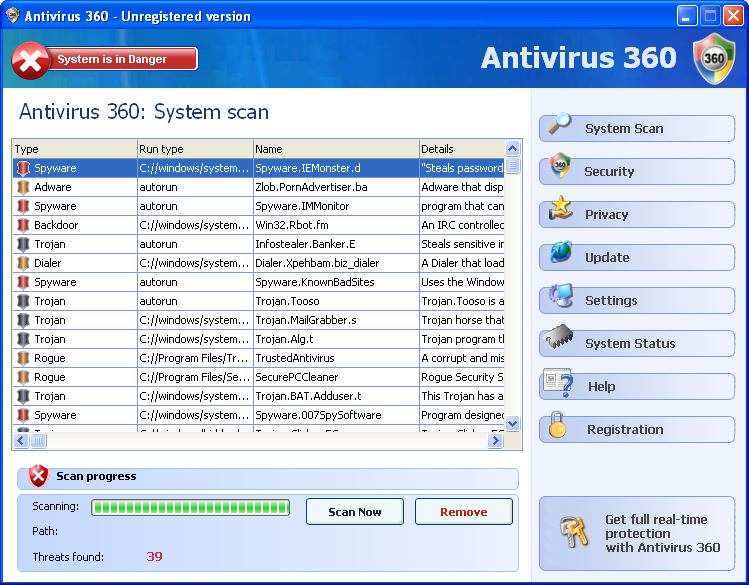


To do so, use the command: docker container prune -filter="label!=maintainer=Jeremy" You can also specify to delete all objects that do not match a specified label. af indicates this should apply to all containers ( a) without a required confirmation ( f). The & attribute instructs Docker to remove all stopped containers and volumes. Then, the information is passed back to the container stop command and stops all the containers. Inside the parentheses, you instruct Docker to generate a list of all the containers with their numeric ID. This instructs Docker to stop the containers listed in the parentheses. To wipe Docker clean and start from scratch, enter the command: docker container stop $(docker container ls -aq) & docker system prune -af -volumes To remove all stopped containers: docker container rm $(docker container ls -aq) Remove All Docker Containers Like before, this removes a container with the ID you specify. To remove a stopped container, use the command: docker container rm Double-click Docker.app to start Docker on macOS.Ħ.Note: If you are logged in as the sudo user, make sure to add the sudo prefix before both docker commands when stopping all containers ( sudo docker container stop $(sudo docker container ls -aq) ). Now you need to authorize the installation with your macOS passwordĥ. once you have downloaded the docker desktop double-click the DMG file, and drag-and-drop Docker into your Applications folder.Ĥ. Open Terminal and run the command softwareupdate –install-rosetta (Only for Mac with Apple silicon)ģ. ( Mac with Intel chip, Mac with Apple silicon)Ģ.

Docker runs on both Mac with intel chip as well as Mac with Apple M1 Chip (Apple silicon).


 0 kommentar(er)
0 kommentar(er)
